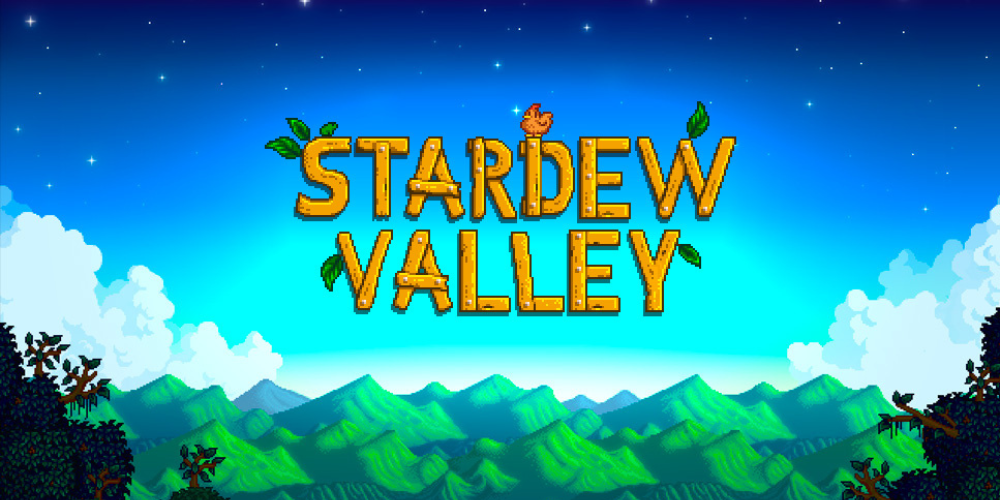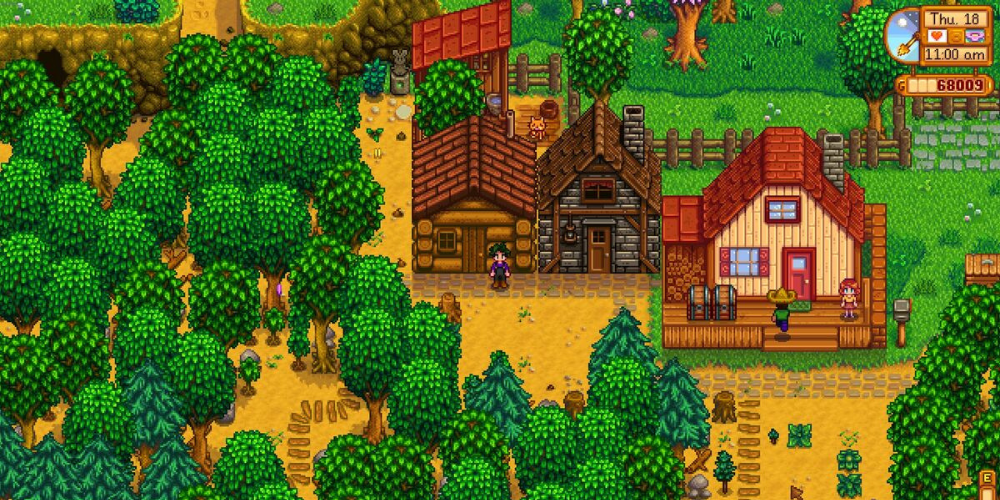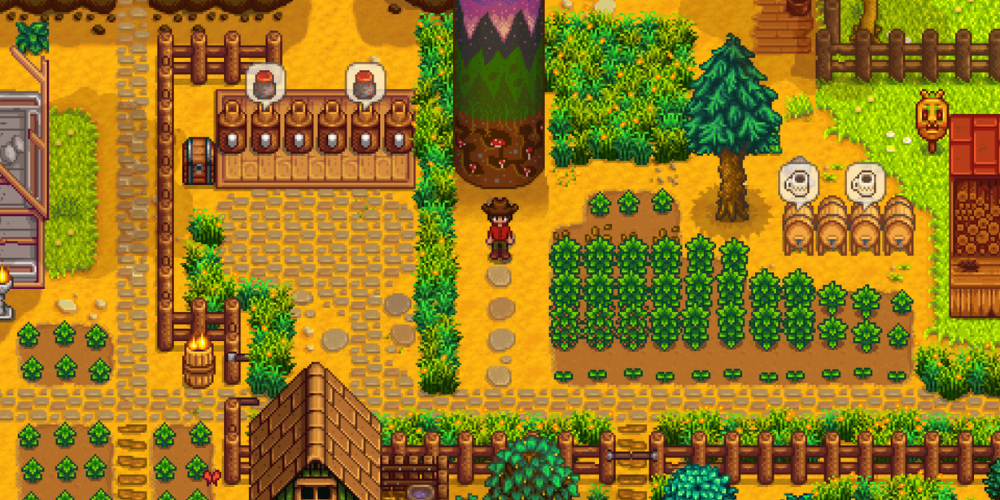Farm Management in Stardew Valley: Unveil Advanced Strategies and Secrets

Stardew Valley, the charming farming simulation game, has captured the hearts of players around the world with its delightful blend of farming, exploration, and character interaction. However, beneath its serene surface lies a complex and rewarding farming experience that requires skillful management and strategic planning to truly excel. Whether you're a seasoned farmer or a greenhorn just starting, this guide will provide advanced strategies and secrets to help you manage your farm more effectively. From maximizing crop yields to managing resources efficiently, we've got you covered.
Optimize Crop Layout Utilizing Sprinkler Systems

One of the keys to an efficient farm in Stardew Valley is optimizing your crop layout. This begins with the strategic use of sprinklers. Early in the game, you'll want to aim for the Quality Sprinkler, which waters eight adjacent tiles every morning. By arranging these sprinklers in a checkerboard pattern, you maximize water coverage and minimize wasted space. This layout not only saves you precious time each day but also allows you to dedicate more energy to other activities, like mining or foraging.
As you progress and gain access to the Iridium Sprinkler, which waters 24 tiles, your farm's efficiency can skyrocket. Plot your farm with these powerful sprinklers in mind, creating vast, self-watering fields that can massively boost your crop output. Remember, with careful planning and the right infrastructure, you can transform your farm into a veritable food factory, requiring minimal daily input for maximum reward.
Leverage the Seasons to Your Advantage

Understanding and leveraging the distinct advantages of each season is crucial for farming success in Stardew Valley. Each season brings unique crops and foraging opportunities, which can significantly impact your farm's profitability. For instance, planning your crop selection around the high-value crops of each season can yield impressive profits. Strawberries in spring, blueberries in summer, and cranberries in fall are among the most profitable options, providing recurring harvests throughout their respective seasons.
In addition to seasonal crops, take advantage of seasonal foraging items and fishing opportunities to supplement your income. Each season offers different forageable goods and fish, some of which are highly valuable or required for community center bundles. By diversifying your farm's income sources—not just focusing on crops but also incorporating foraging and fishing—you can ensure a steady stream of income year-round, regardless of your crops' growing cycles.
Automate with Coops and Barns: The Livestock Strategy
 Automating your farm doesn't stop with crop farming; your livestock can also be a significant source of passive income with the right setup. Initially, focus on filling your coops and barns with chickens and cows, respectively. These animals provide dairy products (eggs and milk), which can be processed into higher-value goods like mayonnaise and cheese using artisan equipment. Efficiency is key here—place your mayonnaise machines and cheese presses right next to your animal buildings to streamline production.
Automating your farm doesn't stop with crop farming; your livestock can also be a significant source of passive income with the right setup. Initially, focus on filling your coops and barns with chickens and cows, respectively. These animals provide dairy products (eggs and milk), which can be processed into higher-value goods like mayonnaise and cheese using artisan equipment. Efficiency is key here—place your mayonnaise machines and cheese presses right next to your animal buildings to streamline production.
As you expand, consider adding pigs to your livestock. Pigs can find truffles on your farm, which can then be turned into highly profitable truffle oil with an oil maker. Similar to crops, remember to pet and feed your animals daily to maintain their happiness and productivity. By employing these animal husbandry techniques, your farm will reap the benefits of a well-oiled, profit-generating machine, all while maintaining the rustic charm of country life.
Wrapping Up
Advanced farm management in Stardew Valley is an art that takes patience, strategic planning, and a deep understanding of the game's mechanics. By optimizing your crop layout, leveraging the unique benefits of each season, and automating production with coops and barns, you can significantly increase your farm's efficiency and profit. Remember, the journey to becoming a Stardew Valley farming mogul is a marathon, not a sprint. Take the time to enjoy the process, experiment with different strategies, and build a farm that reflects your personal style and goals. Happy farming!







